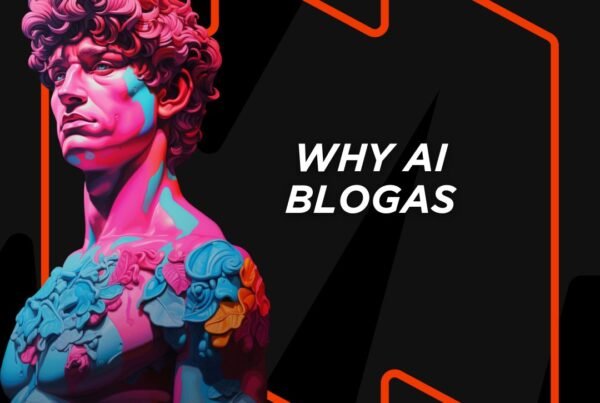Want a personal IoT assistant? With OpenAI’s GPT development tool you can easily create your own unique version of ChatGPT – without any programming knowledge. This way you can have different GPTs – from work-appropriate to travel planning or joke-making helpers. Let’s take a look at how to create one.
What are GPT assistants used for?
GPT’s, a tool to create personalised ChatGPT desktops. This is particularly handy when you want to get answers on a specific topic, for example, to find out the rules of a board game, learn a language or study the Lithuanian tax system.
Creating a GPT Assistant is as easy as starting a conversation – all you need to do is give them instructions, additional knowledge and choose what they should and can do – for example, search the web, create images or analyse data.
How do I create an AI assistant?
It’s easy to set up, you just need to know what you want to use it for and have a paid version of ChatGPT.
Join OpenAI
Go to chat.openai.com and log in.
Create your own GPT
Click “Explore GPTs” in the side menu, then select “Create”.
This will open the creation window, which is divided into two parts:
- On the left, you will enter the instructions and specify how your GPT should work.
- On the right, you’ll see how it works in real time.
Simply write what you expect from your GPT and press Enter. For example, if you are creating an IoT to help you plan trips, you might write: “I want a GPT to help me create travel itineraries according to my budget and interests.”
You can use this query template:
“I am a [specialist in the field – add]. Help me generate an assistant to solve [problem]. You will be the assistant who will perform the following specific tasks: [name the tasks].”
Once you have entered such a prompt, you will need to follow further instructions.
The system will automatically suggest the name of the GPT, a profile picture and sample questions. You can accept these suggestions or ask the system to change them.
Next, the DI will ask for more detailed instructions to further configure the GPT. Test the GPT in the Preview window and, if you don’t like it, adjust the instructions further. For example, if the answers are too long, ask for shorter ones, if the DI gives facts without sources, tell it to always quote them, etc.
Repeat the process until the GPT is working as you want it to.
Personalise your GPT
More detailed options can be set by clicking “Configure” and opening the advanced options.
Here you can change the following settings:
- Profile picture. You can upload your own or use DALL-E’s AI to generate a new one.
- Instructions. Edit the original text or add additional instructions on how your GPT should behave and what mistakes to avoid.
- Start of interviews. You can delete or add new questions to help users understand how your GPT works.
- Knowledge base. Upload documents that the DI can use as additional information. For example, if you are creating an assistant that will rely on VMI information, upload all the information you want about the Lithuanian tax system.
- Capacities. Here you can activate additional features such as data analysis or API integrations.
Actions. You can define how the GPT should work with third-party APIs. If you use Zapier, you can link your GPT to thousands of other applications and automate tasks such as scheduling meetings or sending reminders.
Save and choose who can use your GPT
When you are happy with the result, click “Create” (or “Update” if you are editing an already created GPT).
Then decide who can use your GPT:
- Just you,
- People who have entered the GPT with your link,
- Anyone visiting the GPT Store.
Click “Update” or, if you’re just changing your sharing settings, “Save”.
If you have decided that others will also be able to use your GPT, open the side menu and click on the GPT you want to share. Click on the name of the GPT in the main window and then “Copy link”. Send this link to other people.
How do I edit the GPT I have created?
To edit, do the following:
- In the sidebar, click on the GPT you want to edit.
- Click on the GPT name at the top of the main conversation window.
- Select “Edit GPT”.
- Make the desired changes to the GPT settings.
- Click “Update” to save your changes.
That’s it, you have your personalised GPT assistant! When you want to use your assistant, you will find it on the ChatGPT homepage, in the sidebar. Just click on it and start the conversation.

